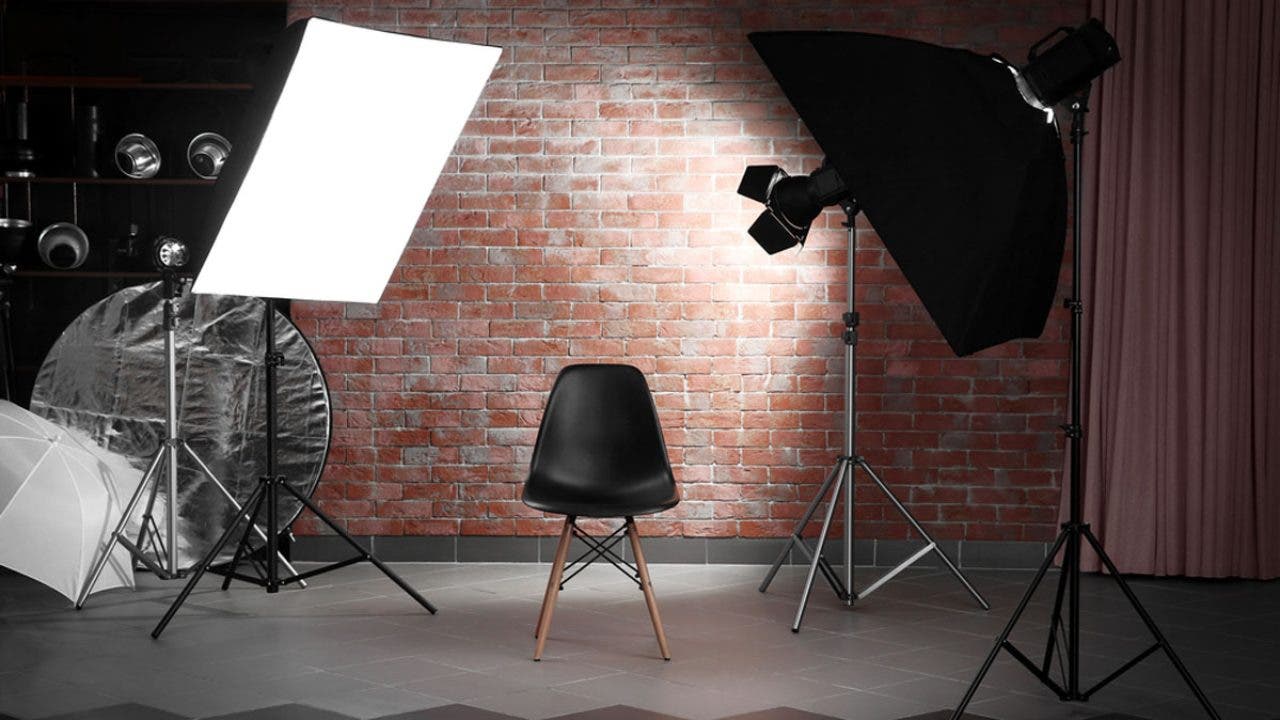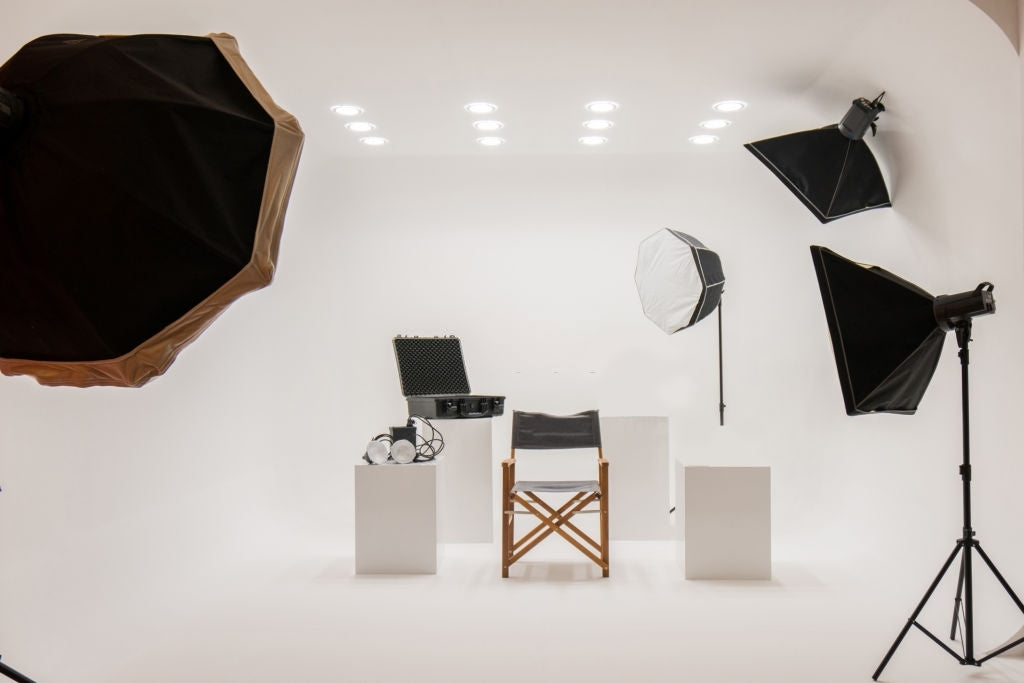What is Atmospheric Hue in Regards to Photography Lighting?
When capturing stunning photographs, lighting plays a pivotal role. One essential aspect that professional photographers must master is the concept of atmospheric hue. But what exactly is atmospheric hue in regards to photography lighting? This article delves deep into the definition, its significance, and practical applications in the realm of photography.
At its core, atmospheric hue refers to the subtle shades of color present in a scene, influenced by various lighting conditions. It not only sets the mood of the photograph but also enhances the storytelling aspect of your work. Understanding how to manipulate atmospheric hue can greatly elevate your photography, providing a unique perspective and emotional resonance in your captured images.

The Importance of Atmospheric Hue
In photography, the atmospheric hue can transform an otherwise ordinary shot into a breathtaking masterpiece. Different hues can evoke varying emotions, as cool tones might suggest calmness while warm colors could represent warmth and intimacy. To truly harness the power of your photographs, consider the following factors regarding atmospheric hue:
The Role of Natural Light
Natural light can create stunning atmospheric hues, particularly during the golden hour. The soft, diffused light near dawn or dusk can give your images a magical quality. Photographers often seek out these times to capture that fleeting beauty. To learn more about using natural light effectively, check out this article on the importance of light.
Artificial Lighting Techniques
When natural light isn't available or sufficient, artificial lighting techniques come into play. Understanding how to manipulate studio lights can be crucial. Different colored gels can be used to alter the hue of your lighting setup, thus impacting the overall atmosphere of your photograph. If you're interested, you might read about softbox lighting for better manipulation of hues.

Creating Mood with Atmospheric Hues
Professional photographers often leverage atmospheric hues to create a particular mood in their images. The strategic use of color can convey tension, nostalgia, or joy, providing a deeper narrative. Consider the following examples:
Warm Hues for Comfort
Using warm tones such as reds, oranges, and yellows creates a feeling of comfort and joy. This can be particularly effective in family portraits or intimate gatherings.
Cool Hues for Serenity
In contrast, cool tones like blues and greens can evoke calmness and serenity. These hues work wonderfully in landscape photography, particularly seascapes or serene forest scenes. For tips on lighting strategy, see here for lighting for beginners.

Combining Atmospheric Hue with Composition
Composition also plays a vital role in capturing the best possible atmospheric hue. The use of leading lines and framing can accentuate the colors in your photographs. Understanding the relationship between color and composition can be a game changer. Explore more about this topic through resources on studio lighting.
Contrast and Color Balance
Balancing colors and contrasts further amplifies the emotional communication of your photograph. Make sure to pay attention to how the colors in your frame interact. The right balance can send strong messages to your viewers.

Experimenting with Atmospheric Hue
To truly master atmospheric hue, one must consistently experiment. Try shooting in different lighting conditions and with various settings. Each attempt can yield uniquely emotional images. Remember, even an overcast day has its own charm; it may lend cool hues that inspire a softer look.
Using Post-Processing as a Tool
In addition to skills gained during the shoot, the post-processing stage allows for further exploration of atmospheric hue. Software like Adobe Lightroom or Photoshop offers immense possibility in color grading and hue adjustment. With these tools, you can refine your images and intensify the desired atmosphere.
Frequently Asked Questions (FAQs)
What are some common atmospheric hues used in photography?
Common hues include warm tones like reds and oranges and cool tones like blues and greens. Each influences the mood differently.
How does lighting impact atmospheric hue?
Lighting plays a crucial role in defining the hues. Natural light during the golden hour produces warm tones, while overcast days give cooler hues.
Can I alter atmospheric hue in post-processing?
Yes, post-processing tools allow you to adjust hues and saturation, enabling you to refine the atmosphere in your photographs.
As an Amazon Associate, I earn from qualifying purchases.

